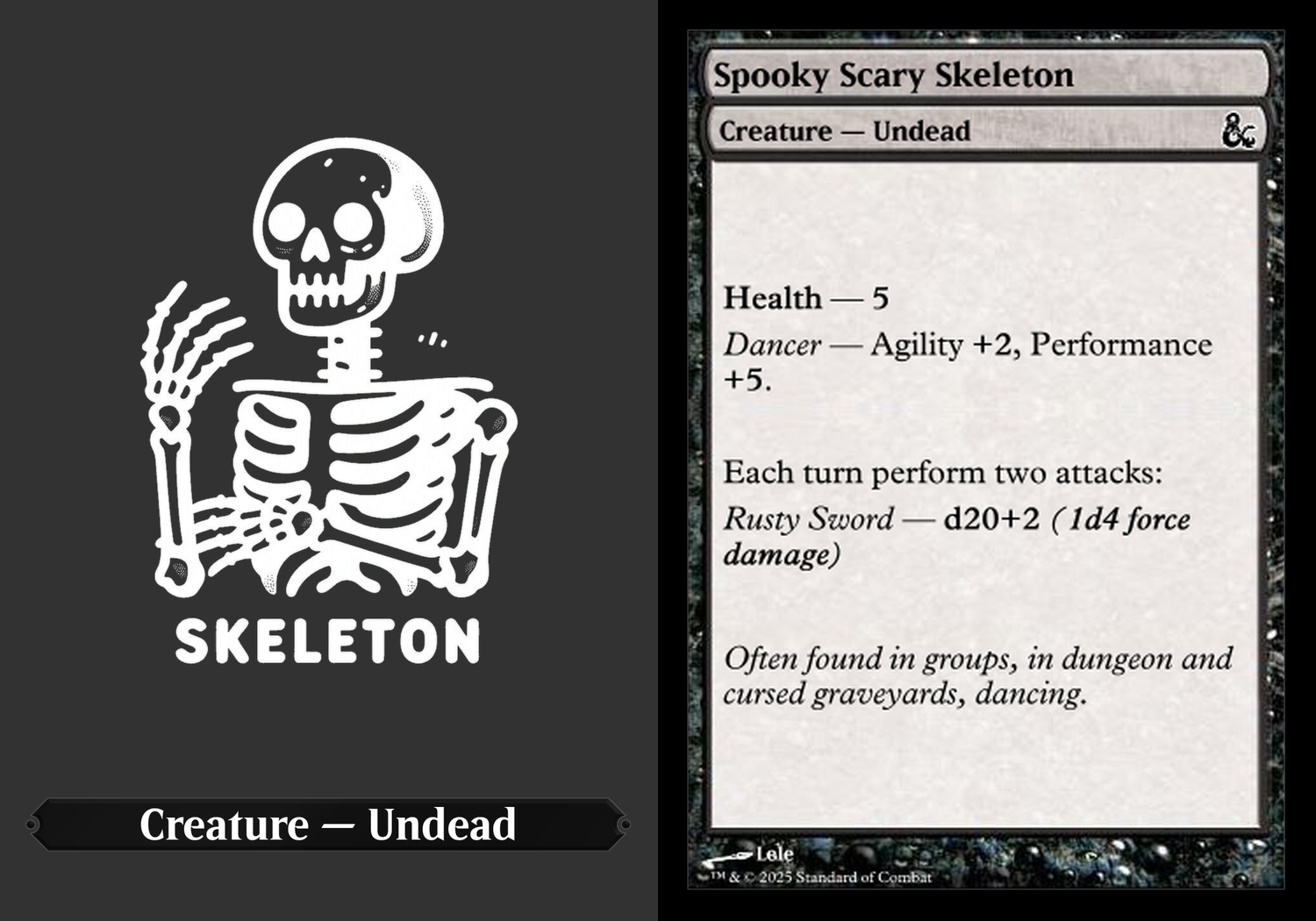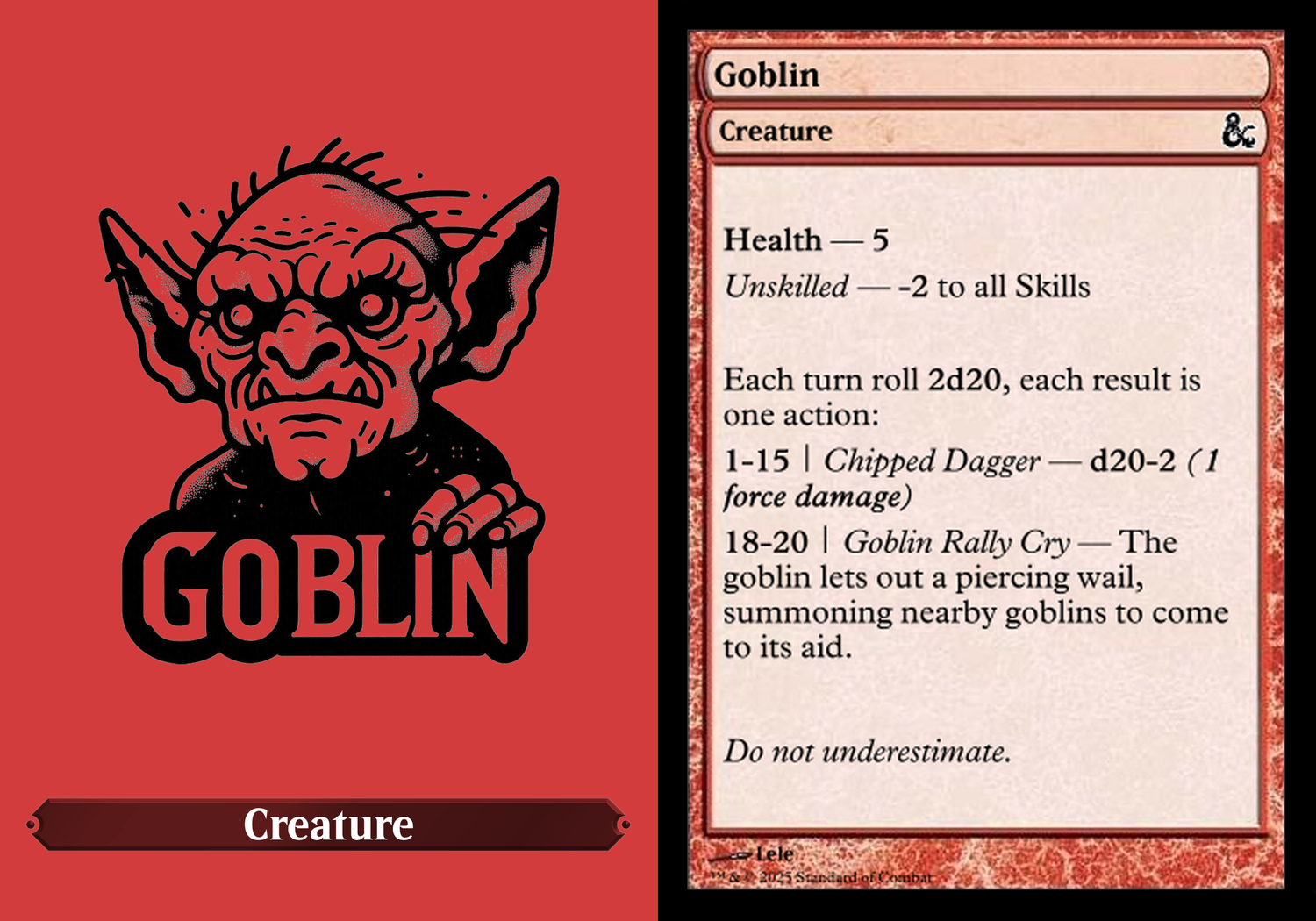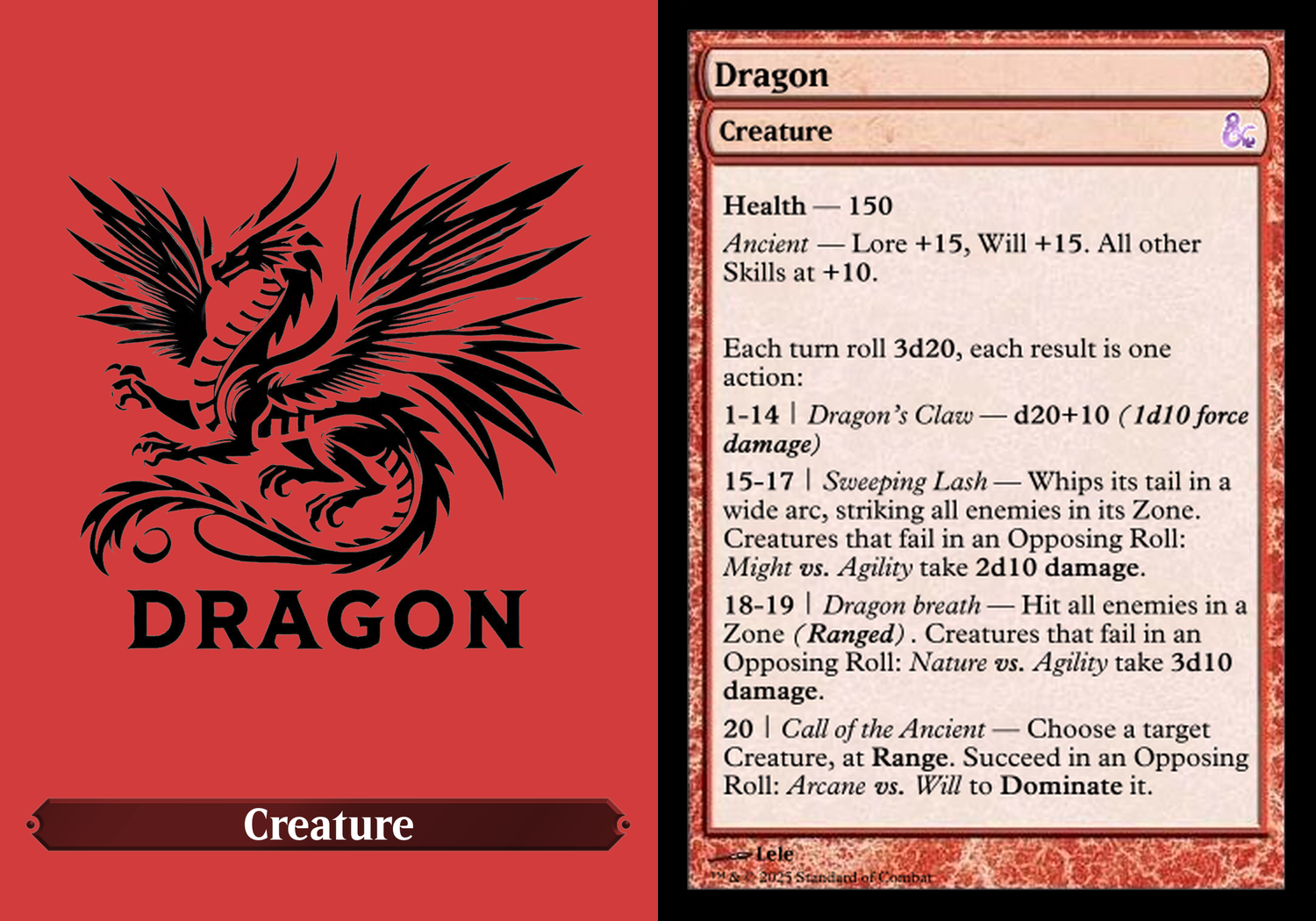Simple Enemies have 3 STATS: HEALTH, SKILLS and TACTICS. While Health and Skills are the same as for a player, TACTICS: represent their attacks and special effects.
While for more complex enemies you can just create a new character using an appropriate number of points.
As a GM i only use simple enemies, but you do you.
As a GM you don’t need to have everything written down, and your party does not know what you have or haven’t prepared beforehand, be confident. Improvisation is your friend. Be kind and just, let your party have a good time.
HEALTH:
It can be a simple pool of hit points. At 0 hit points, the foe is killed.
Or it can be divided in 2 pools: one for enemy health and armor health.
How you want to mark the enemy HP grossly depend how many Precise Attacks your party tries to do.
SKILLS:
These are the same Skills of a Character, simple enemies are Unskilled — -2 to all Skills. While bosses might be more skillful like: Noble — Deception +5, Lore +5, Persuasion +3, Will +5.
==If a skill modifier is not specified it is just +0==.
TACTICS:
On the enemy turn as a GM you need to decide how it will act, what tactics, special attacks, special effects an enemy or group of enemies might have.
Is it a simple enemy with few brain cells, then it will try to attack the closest character, no special attacks or tactics, they have just a simple attack like: Sword — d20+2 (1d4).
If you are undecided what to do, or want to leave it to fate, roll a d20 for each of their actions.
For more intelligent enemies they might try to attack the backline, once they understand that the enemy in front of them is closer to a wall than a threat.
What about a final boss? You can come up with a special attack just for him, take 1,2,…10 random Custom Spell Effects, meld them together and describe its attack/s, also does it draws its power from Nature, or maybe is an ancient evil priest with a lot of Faith in his God.
Some Enemies


